-
Similar to Melamine MDF, these panels allow for cost saving when applications are not abrasive and usually preferred to be vertical. These panels come in an array of colors and decors however do not provide textures and finishes are offered by Melamine of PVC covered panels. Working properties As the core panel used is MDF, users will enjoy the characteristics of MDF from smoothness, precision in size and ease of use and machining.
-
Particle board is a type of manufactured wood-based panel this is made up of wood shavings and scraps of one or more species that are granulated and blended with a resin and are then pressed and extruded into a solid panel.
Working properties
Particleboard has a smooth surface making it good for painting and is highly consistent throughout the entire board with no voids or splinters or cracks offering uniquely smooth edges. It is also easy to use a router to create many possibilities of decorative edges and easy to use and execute creative designs due to the consistency and smoothness. It should be noted that it is not as favorable as MDF for such applications. Particleboard is susceptible to water and may experience welling if not very well sealed from edges. Screwing properties fall slightly short of plywood and MDF, as well as strength rating. -
Pine, a key specie under the softwoods is a Coniferous tree. Coniferous trees are differentiated aesthetically from Hardwoods (Deciduous) in 2 main ways; they produce cones and evergreen needles. While Deciduous trees have leaves which they shed annually. Other key features of Pine (coniferous trees) in comparison to hardwood trees include fast growth, lower density and weight, lighter color, higher sapwood. With about 110 officially recognized Pine species globally, most regions of the world will have their specific type of Pine with some varying characteristics from length, density, diameter amongst other. Some key pine trees in North America include Eastern and Western White Pine, Lodgepole pine, Ponderosa pine. Key South and Central American species include Araucaria Araucana (Chile’ and Argentina), and Araucaria angustifolia (Parana Pine) in Brazil, amongst many others. Scots Pine and Norway Pine make up much of Europe and Scandinavia and Eurasia. Pinus thunbergia or Black Pine is commonly found in Eastern parts of Asia such as Japan and Korea. This list is not exhaustive and covers some of the most availably species for export globally. Working Properties Slower grown pine in the Northern Hemispheres (Russian or Scandinavian) will tend to offer better stability, durability and is generally preferred by carpenters. While working properties of different pine species from different regions will vary, there are some general characteristics that for most pine species. Pine is generally very easy and good with both hand and machine tools. It glues and finishes well. Rot Resistance Pine is rated as moderately durability with the older slower grown trees being more resilient against decay.
-
Plywood is manufactured using thin plies of wood veneer glued together with the grain of each layer at 90 degree angles to the layer above or below it. This cross-grain plies, usually in odd number are then pressed with resin to form solid sheets. Raw Plywood can be grouped into 3 broad categories: Softwood, hardwood, and tropical plywood. Common species for softwood plywood include, spruce, pine, douglas fir. Hardwood plywood is often made up of Beech, Red Oak, Birch, and Mahogany, Poplar, amongst others. As for Tropical plywood, key species include Meranti, Keruing, Rubberwood, Falcatta, and Okoume. Working properties Some of the key advantages of plywood arise from is cross-grain structure which reduces expansion and shrinkage and less vulnerable to water and moisture and reduces splitting when nailed around the edges. Additionally, screwing properties such as tightness of screws and durability of plywood is excellent due to its cross-grain structure, and also has high stiffness perpendicular to the grains direction of the top layer. It has a very high strength to weight ratio as well as high impact resistance relatively. Some of the setbacks of plywood is that It’s harder to get a perfectly smooth cut with plywood than it is with MDF. It’s more difficult to cut detailed designs into plywood because the edges will splinter and the edges that show layers may have gaps. It may also experience more warping and thickness tolerance is usually not as precise MDF or Particleboard.
-
Scientific Name: Shorea spp Red Meranti is a very popular tropical ranforest species found mainly in Phillipines, Indonesia and East Malaysia. Meranti is light reddish to brown in color with a straight grain, but can sometimes be interlocked too. It has a relatively rough texture and little natural luster. Working Properties Meranti is generally easy to work and machine but can present some challenges when planning due to its interlocked grain. It glues, stains and finishes well. Rot Resistance: Meranti can be susceptible to insect attack, and is moderately rated with regards to durability and decay resistance.
-
Scientific Name: Quercus rubra Found mainly in Northeastern United States, Red Oak is perhaps the most popular hardwood in the United States but also in many other regions as well. Given its excellent properties and highly competitive price point, it’s no surprise it is often carpenters and woodworkers choice. Red Oak’s Heartwood is a mildly reddish moderate brown with its sapwood being a lighter brown and a straight grain and uneven texture with quite open pores Rot Resistance: Considered non-durable with poor insect resistance. Working Properties: Red Oak is easy to work with hand and machine tools and machines, glues and finishes well.
-
Scientific name: Triplochiton scleroxylon Samba, also referred to as Wawa and Ayous depending on which country it is grown in tropical West Africa, has a white cream heartwood with a striped figure, interlocked grain. The sapwood is almost indifferentiable from the heartwood. Working Properties Samba is very easily worked with both hand and machine tools. Can have rough surface after machining due to interlocked grain. It also veneers very easily, and has good gluing and nailing properties. Rot Resistance Both heartwood and sapwood are susceptible to insect attack, termites and decay.
-
Scientific Name: Entandrophragma cylindricum Also commonly referred to as Sapele, Sapeli, is found in tropical Africa. With a golden red heartwood and many different patterns it comes in depending on cut from quilted, wave, or ribbon like. Sapele’s grain is interlocked with a and has lush natural luster. Working Properties: Due to interlocked grain, it can be problematic to work in some machining such as planing and routing planing. Sapele glues finishes and stains well but could have some blunting effect on cutters. Rot Resistance: Moderate to highly durable to durable with regards to decay resistance and moderate for insect resistance.
-
Softboards are low density fibreboard made up of steamed wood fibres and natural lignins which bind them under pressure and compression and high temperatures. The final density depends on the degree of pressing. Working properties They are most known for their thermal and acoustic properties and are easy to handle. However they typically don’t have favorable screwing properties and should not be exposed to water unless it is treated to withstand the moisture.
-
Scientific Name: Pinus echinata, Slash Pine Pinus ellioti, Pinus palustris, Pinus taeda Naturally grown in the Southeast of the United States, it is a slow growing Pine species that is considerably harder than other Pines. SYP when sold contains 4 species of pine Shortleaf Pine, Slash Pine, and Loblolly Pine. Loblolly pine being the fast growing and most in demand in the recent years. SYP’s is straight with a fine to medium texture. Given its high resin content, it offers a distinct yellowish color. Working Properties The tight growth rings yielded a very strong and dense wood. It works well with both hand and machine tools but nailing can be challenging. It finishes and glues well.
-
A Canadian specification originally, SPF is a mix of Spruce, Pine and Fir growing in different regions of the country. The mix of these 3 species yield high grade timber with somewhat small, sound and tight knots. While SPF grown in East Canada offers better strength, it is the Western grown SPF that is more widely available as it grows much faster. The most common Western species are White spruce, Engelmann spruce, Lodgepole pine and Alpine fir. Working Properties SPF has excellent thermal performance, is extremely dimensional stable especially given the special heat-treatment applied to most grades. It is also highly durable and versatile and has an excellent strength to weight ratio.
-
Spruce is key specie from the coniferous and evergreen softwood species, with about 35 officially recognized Spruce species. Spruce is very similar to Pine trees in appearance with the cones and needles, as well in rough sawn lumber, while having a more white-yellowish color compared to Pine’s more reddish color. Spruce will tend to have fewer and smaller knots than pine. Common species in North America include Black Spruce, Engelmann spruce, Norway spruce, Sitka spruce and Red spruce. Picea abies (Norway spruce) is the most common specie spread across Europe and Eurasia. This list is not exhaustive and summarizes some of the most common and available spruce species for export. Working properties Spruce is very good with both hand and machine tools, and is dimensionally very stable and has excellent strength to weight ratio. It does not paint or finish very well, with Pine being superior in that regard. Rot Resistance It has moderate resistance to decay with the possibility for considerable improvement with chemical preservatives.

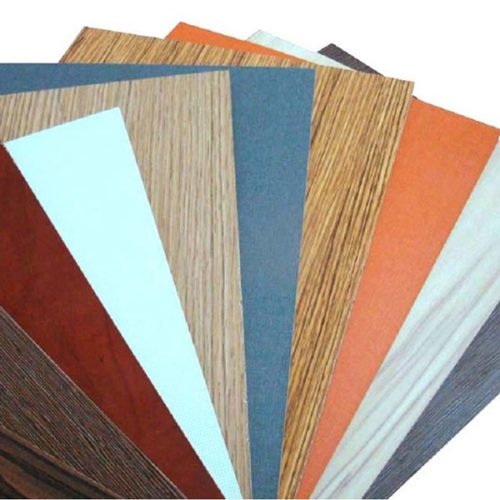
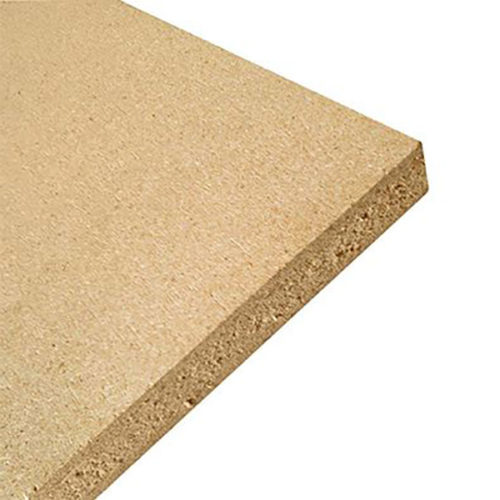

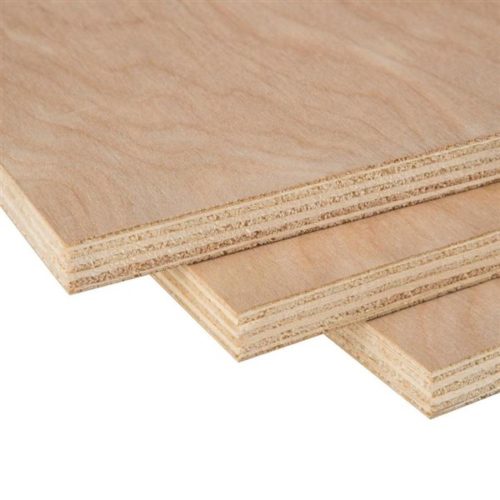
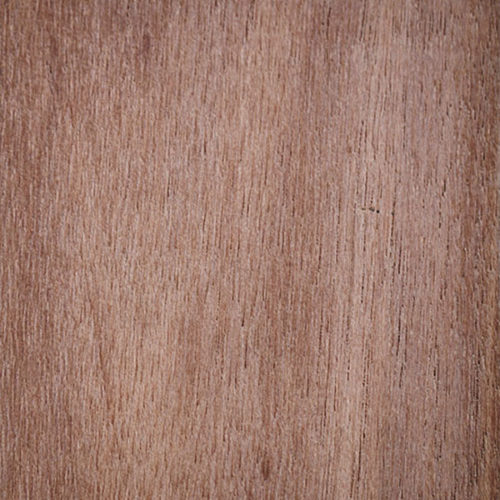
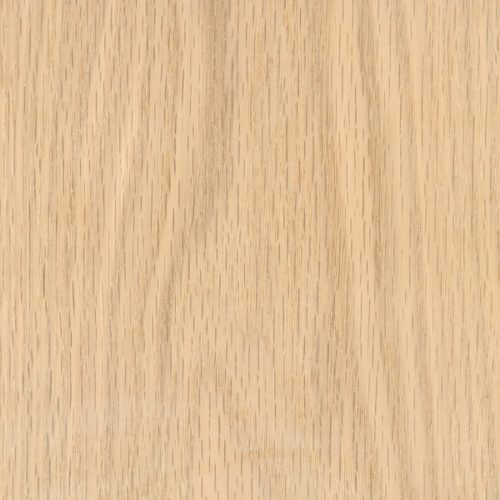
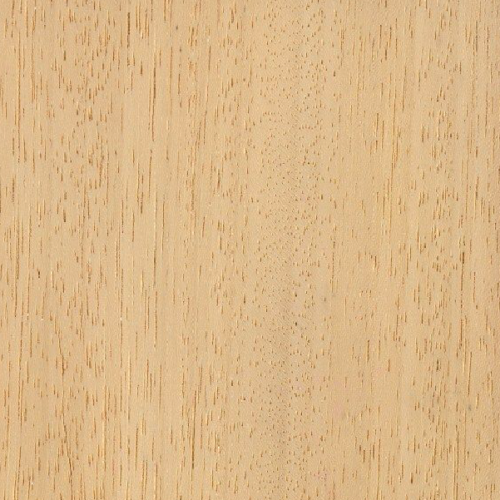
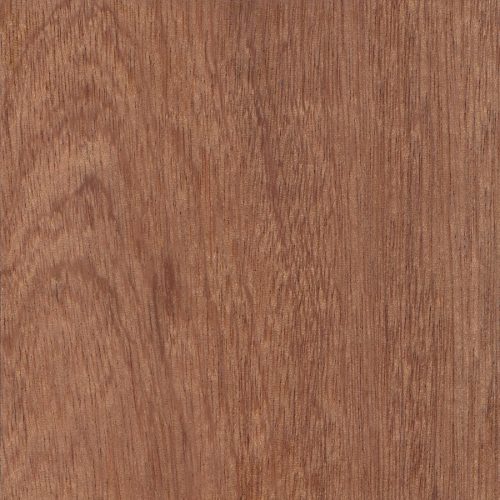
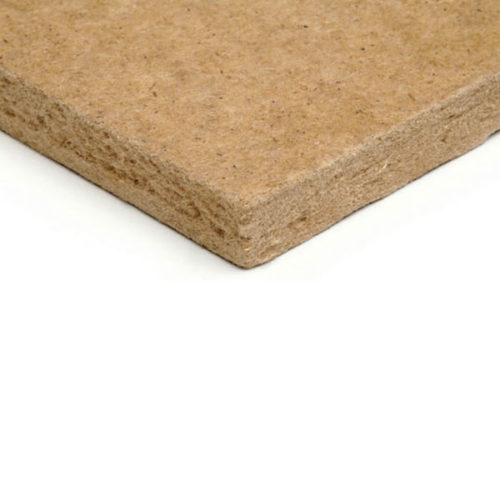
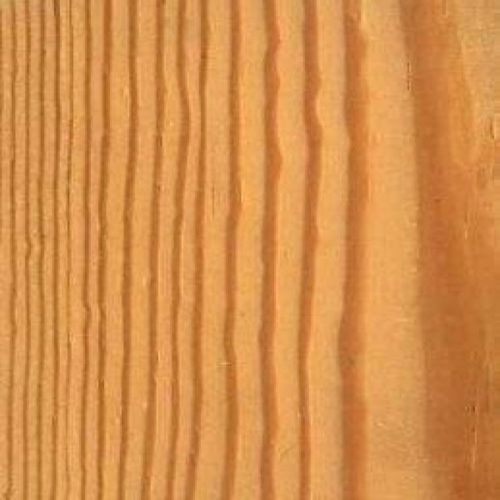
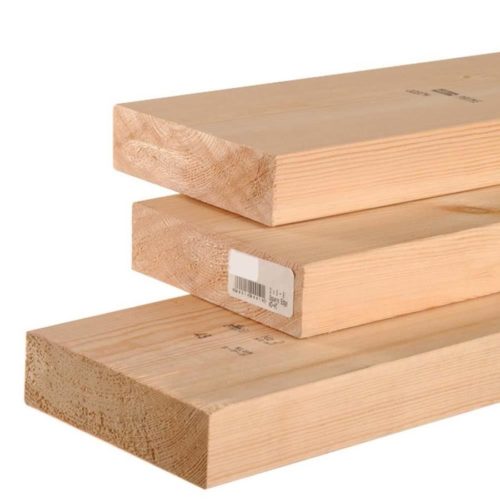

Get Social